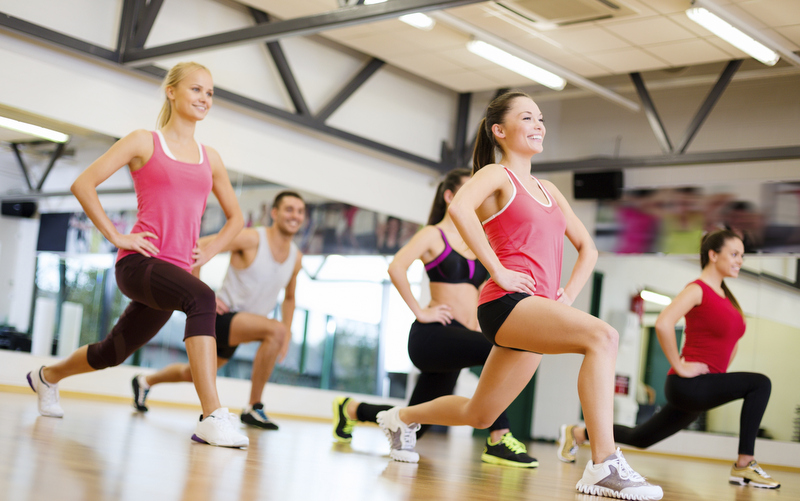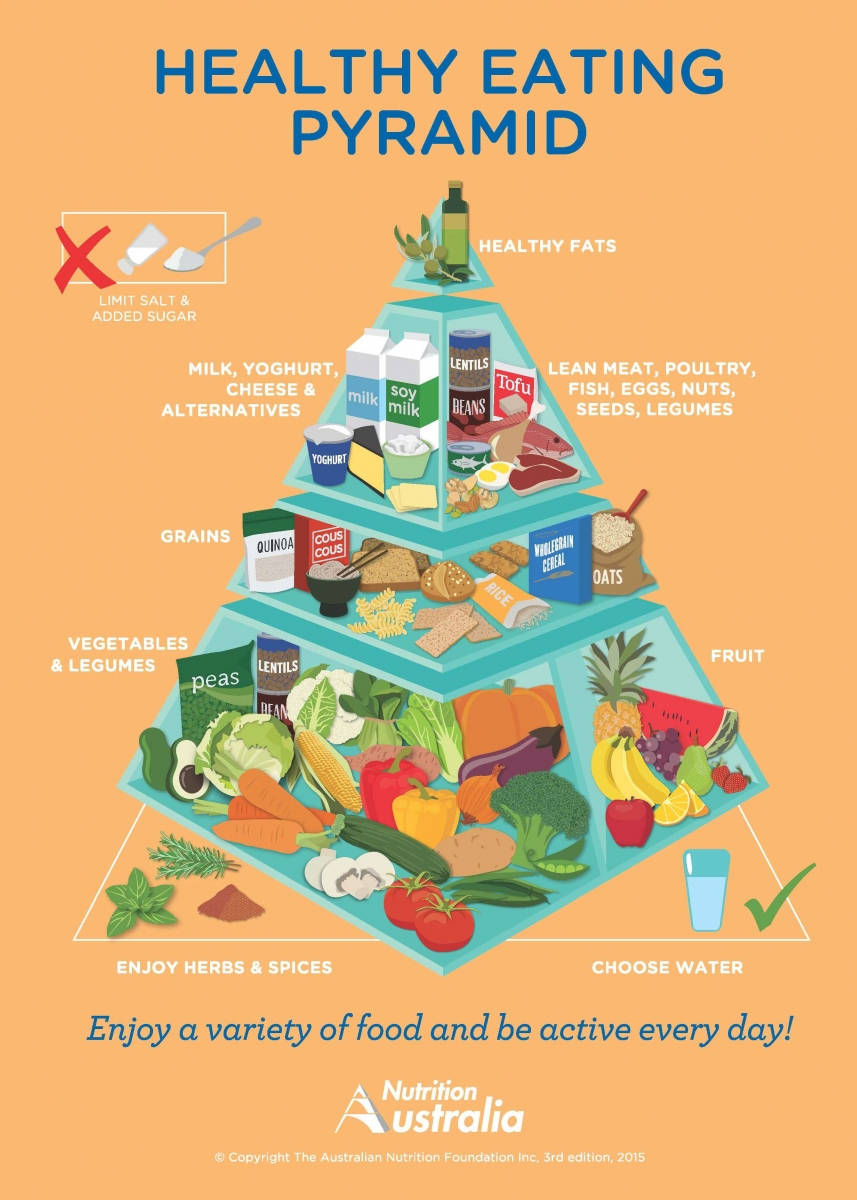The first three joints that deteriorate with ageing
Index
For most of us, ageing means wrinkles, grey hairs and orthotic shoes, as well as starting to feel like we’re no longer in control of our bodies. We reach a point where getting into bed is the best part of the day, but getting up is a struggle. We start to complain about ‘the youth’ and our achy bones.
As we age, our bones lose density and become more brittle. Our joints start to ache, starting with the hips, knees and fingers. Our muscles begin to weaken, which can contribute to fatigue and a ‘can’t be bothered’ approach to exercise and movement. Our activity levels drop and our bodies begin to relax (and not in a good way).
However, studies show that the changes we experience in our bones and joints are not impacted by ageing, but because we’re not using them enough.
What to do about your creaky joints
Our joints – those little crooks where the bones meet – are made up of cartilage, membranes and fluids. As we get older, movement becomes more cumbersome because the cartilage gets thinner and the amount of fluid decreases; this is what makes our joints feel stiff. However, moving the joint – through stretching and exercise – actually helps keep the fluid moving and the cartilage strong.
 Regular exercise is crucial for good bone health
Regular exercise is crucial for good bone health

Stay active
If you’re concerned about joint health, have a chat to your physiotherapist about some easy lifestyle changes to make, starting with an exercise plan. We’re not talking about jogging ten kilometres a day or forking out a heap of cash for a gym membership; walking, swimming or tai chi is a good start. Research shows that exercise not only strengthens the bones, it also helps slow the rate of bone loss. This sort of gentle activity can also help delay the progression of osteoporosis, while maintaining healthy bone mass. Simple stretches – particularly yoga and Pilates – are excellent ways to help maintain flexibility in the joints. Aim for 30 minutes of weight bearing exercise on most days and muscle-strengthening exercises 2-3 times a week.
Eat healthy
Another way to keep your joints happy is by eating a well-balanced diet; leafy green veggies, healthy fats, such as salmon, avocado and nuts, and heaps of calcium-rich food such as cheese, yoghurt and broccoli.
While the wrinkles, grey hairs and tut-tutting at loud-talking teenagers is unavoidable, sore bones and joints is not. With a little bit of exercise and movement, it’s not as hard as you might think to get a spring back in your step.
